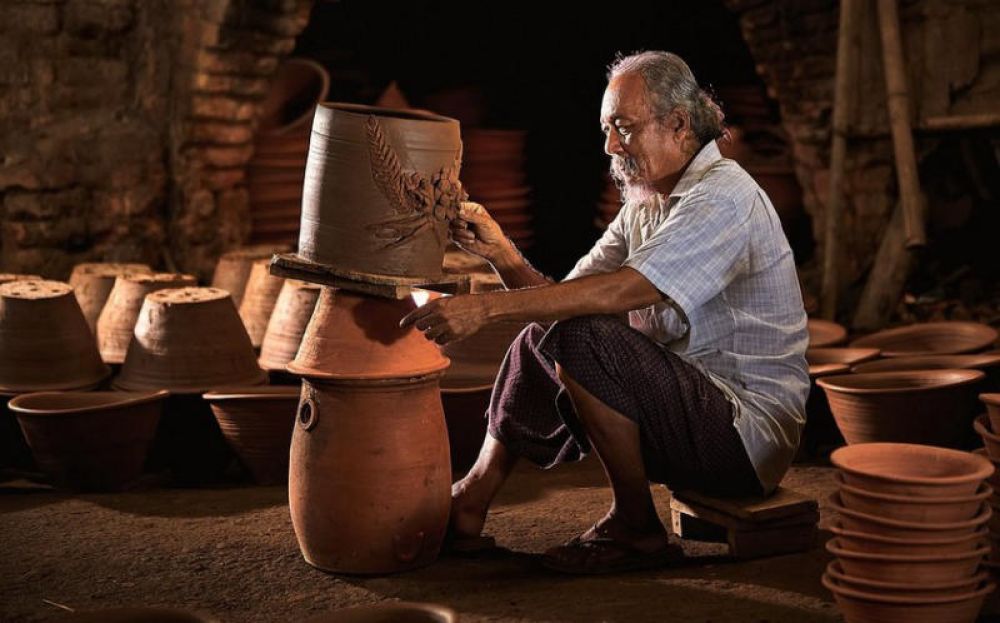

Bat Trang, a small village in the Gia Lam district of Hanoi, Vietnam, is a traditional porcelain and pottery village with history dating back to the 14th century. Over the years, it has established itself as a rich cultural destination for those interested in Vietnamese art and craftsmanship. The village's reputation as a center for ceramic excellence has attracted visitors from all over the world, turning it into a significant cultural and tourist attraction.
Although pottery has been found dating back to the 9th century, the official history of Bat Trang ceramic craftsmanship began in the Ly Dynasty when craftsmen from other regions settled in the area and established the village as a hub for ceramic production. The location by the Red River provided easily accessible materials for creating the high-quality white clay products Bat Trang is famed for.
Tourism in Bat Trang began to develop significantly in the mid-20th century as travelers became more interested in the cultural heritage of Vietnam. With the rise of international travel, Bat Trang's reputation as a place where visitors could observe and partake in the ancient tradition of pottery-making ensured it became a staple on the tourism trail in Northern Vietnam.
In recent years, the village has seen a surge in tourists who come not only to buy the fine ceramics but also to experience the process of making them. Tourists can take pottery classes, engage with local artisans, and learn about the history of the craft in the village's own Ceramic Museum.
As with many tourist destinations, Bat Trang has adapted to the changing demands of travelers. The modern tourist experience in Bat Trang is increasingly interactive, offering various workshops where visitors can try their hand at the pottery wheel or paint pre-made items to create their own souvenirs. Additionally, there has been a push to incorporate more sustainable tourism practices to ensure the village's longevity for future generations.
Moreover, the rise of social media has significantly impacted tourism trends, making Bat Trang more accessible than ever. Visitors often share their experiences and photos online, contributing to the village's growing popularity as a must-visit destination for cultural connoisseurs and those seeking a deeper connection with Vietnamese traditions.
Looking to the future, Bat Trang shows promise in continuing to thrive as a tourist hotspot. There's a concerted effort to maintain the unique cultural practices while opening up to new, innovative ways that can attract global audiences. Efforts include improving facilities, offering more comprehensive tours, and involving the community more actively in tourism development. As travelers seek authentic and immersive experiences, Bat Trang is well-placed to offer a mix of tradition and education in its tourism offerings.
In conclusion, Bat Trang Ceramic Village is more than just a place to admire beautiful ceramics; it is a journey into the essence of Vietnamese cultural identity. With its deep historical roots and its embrace of contemporary tourism trends, Bat Trang is poised to remain an essential part of Vietnam's cultural tourism landscape for years to come.